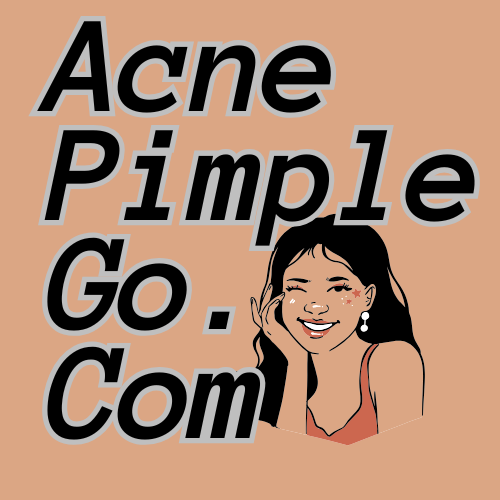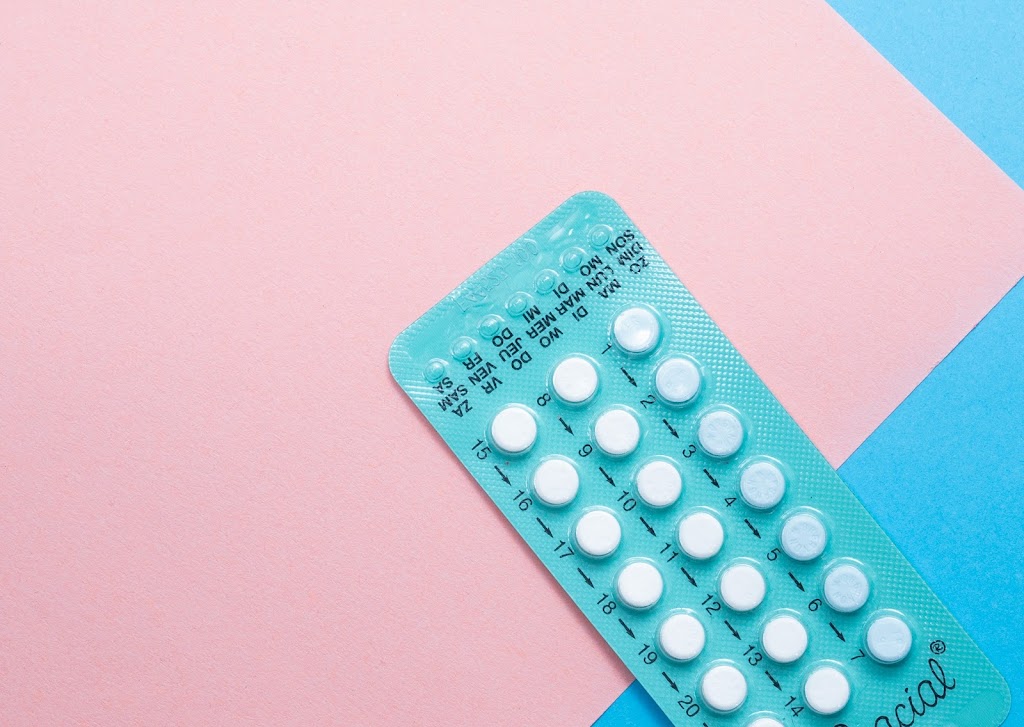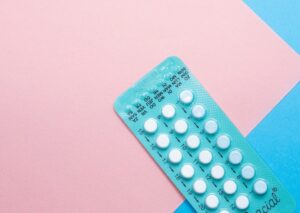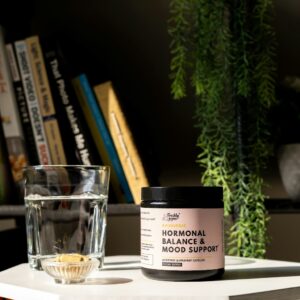For many people seeking long-term, reliable contraception, hormonal IUDs (intrauterine devices) offer an appealing combination of effectiveness, convenience, and reversibility. However, as with any hormonal method, skin changes—particularly acne—can be an unexpected side effect that leaves many wondering if their experiences are typical and how long they might last.
The Hormonal IUD-Acne Connection: Understanding the Science
Hormonal IUDs like Mirena, Kyleena, Liletta, and Skyla work primarily by releasing a synthetic progestin called levonorgestrel directly into the uterus. While the hormone concentration in the bloodstream is significantly lower than with oral contraceptives, some systemic absorption does occur, and this can trigger skin changes in susceptible individuals.
Why Hormonal IUDs Can Trigger Acne
Several factors contribute to the potential acne-inducing effects of hormonal IUDs:
Androgenic Activity: Levonorgestrel is a progestin with androgenic properties. Androgens stimulate sebaceous glands to produce more oil, creating an environment where acne can develop. While the systemic levels are low compared to oral contraceptives, they can be sufficient to affect the skin in some individuals.
Elimination of Combined Hormonal Methods: Many people switch to an IUD from combined hormonal contraceptives (like the pill) that contain estrogen. Estrogen tends to improve acne by increasing sex hormone-binding globulin (SHBG), which binds to androgens and reduces their activity. Removing this protective effect when switching to a progestin-only method can unmask previously controlled acne.
Hormonal Fluctuations During Adjustment: The body requires time to adjust to any hormonal method. During this adjustment period, which can last several months, hormone levels fluctuate as they seek a new equilibrium, potentially triggering temporary skin changes.
Individual Susceptibility: Genetic factors, previous acne history, and individual hormone sensitivity all play crucial roles in determining who experiences acne with hormonal IUDs. People with a personal or family history of hormone-sensitive acne may be more vulnerable to this side effect.
Real Experiences: The Varied Timeline of IUD-Related Acne
The experiences of those who develop acne after IUD insertion vary widely, both in severity and duration. Based on numerous anecdotal reports and limited research data, here are some patterns that emerge:
Onset Timing
While some people notice skin changes within weeks of insertion, others develop acne months later:
- Immediate onset (1-3 months): Often occurs in those with previous acne history or those switching from estrogen-containing contraceptives
- Delayed onset (3-6 months): Skin might remain clear initially before gradually developing breakouts
- Late onset (6+ months): Less common but reported by some individuals who experience acne developing even after having the IUD for some time
Duration and Resolution Patterns
The timeline for resolution shows significant variation:
- Short-term (3-6 months): For some lucky individuals, the acne is transient and resolves as the body adjusts to the hormonal changes
- Medium-term (6-12 months): Many report improvement as the body adapts to the new hormonal environment
- Long-term (12-18+ months): Similar to your experience, a substantial number of people report that acne persists for over a year before gradually improving
- Persistent: Unfortunately, some individuals experience acne that continues until IUD removal
Location and Type of Acne
The acne pattern associated with hormonal IUDs often has distinctive characteristics:
- Predominant locations: Jawline, chin, and lower cheeks (the “hormonal belt”)
- Acne type: Often deeper, cystic pimples rather than superficial whiteheads or blackheads
- Cyclical pattern: Many still experience premenstrual flares despite the IUD’s effect on menstruation
Community Experiences: You’re Not Alone
Your experience of acne improving after approximately 18 months aligns with what many others report. Here’s a synthesis of common experiences shared in online forums, research surveys, and dermatology practices:
“The 18-Month Mark”: Numerous anecdotal reports describe improvement around the 12-24 month timeframe, with 18 months being commonly mentioned as a turning point. This suggests that for many bodies, a longer-term hormonal adjustment eventually leads to skin improvement even without IUD removal.
“The Initial Purge”: Many describe an initial worsening of skin conditions in the first 3-6 months that gradually improves thereafter. This pattern resembles the adjustment seen with many acne treatments.
“The Persistent Problem”: Some users report ongoing acne that becomes a factor in their decision to have the IUD removed. For these individuals, the acne often improves within 1-3 months after removal.
“The Substitution Effect”: Interestingly, some people experience improvement in acne but development of other side effects as their bodies adjust, suggesting a shifting pattern of hormone response over time.
Managing IUD-Related Acne: Strategies That Help
For those currently experiencing IUD-related acne, several approaches may help manage symptoms while waiting for potential spontaneous improvement:
Skincare Adjustments
- Gentle cleansing: Over-cleansing stimulates more oil production; stick to gentle, pH-balanced cleansers twice daily
- Strategic exfoliation: Chemical exfoliants containing salicylic acid or azelaic acid help prevent the clogged pores where acne begins
- Non-comedogenic moisturizing: Even acne-prone skin needs hydration; look for oil-free, non-comedogenic formulations
- Targeted treatments: Benzoyl peroxide for inflammatory lesions, niacinamide serums for oil control and barrier function
Medical Interventions
- Topical prescriptions: Tretinoin, adapalene, or clindamycin can help manage breakouts without affecting contraception
- Spironolactone: This anti-androgen medication can counteract the androgenic effects of levonorgestrel for those with severe, persistent acne
- Low-dose oral antibiotics: Short courses may help manage inflammatory acne flares
- Regular dermatology follow-up: Professional monitoring helps adjust treatment as the skin changes over time
Lifestyle Considerations
- Dietary awareness: Some find that reducing dairy, high-glycemic foods, or personal trigger foods helps minimize hormonal acne
- Stress management: Stress hormones can exacerbate acne; regular exercise, adequate sleep, and mind-body practices may help
- Supplement support: Zinc, omega-3 fatty acids, and vitamin D supplementation may benefit some individuals with hormonal acne
- Patience and perspective: Remember that for many people, improvement does come with time
The Decision Framework: IUD Retention vs. Removal
For those struggling with persistent acne, the decision about whether to keep or remove the IUD involves weighing multiple factors:
Severity of Acne: Minor breakouts that respond to topical treatment might be manageable, while severe, scarring acne warrants more serious consideration of alternatives.
Timeline: Your experience of improvement after 18 months reflects what many others report. For those earlier in their IUD use, this timeline might provide hope that improvement could come with patience.
Contraceptive Needs: Reliability, convenience, and duration of needed contraception all play important roles in this decision.
Alternative Options: Other long-acting methods like the copper IUD (non-hormonal) or the implant (different hormone) might provide adequate contraception with different side effect profiles.
Overall Satisfaction: Acne is just one consideration among many others, including menstrual changes, cramping, mood effects, and contraceptive reliability.
Looking Forward: When Will It Get Better?
Based on aggregated experiences, here’s what many can expect with IUD-related acne:
- 3-6 months: Initial adjustment period; acne may worsen before improving
- 6-12 months: First opportunity for noticeable improvement as body adjusts
- 12-24 months: Period when many experience significant improvement even without specific acne treatment
- Beyond 2 years: Skin typically stabilizes; persistent acne beyond this point is less likely to resolve spontaneously
Your experience of improvement around 18 months aligns perfectly with this common timeline. For many, the body eventually adapts to the hormonal environment created by the IUD, leading to spontaneous improvement even after extended periods of acne.
Conclusion: Individual Journeys with Shared Patterns
Your experience with acne improving after approximately 18 months with a hormonal IUD reflects a common pattern. While the medical literature on this specific timeline remains limited, the consistency of anecdotal reports suggests a real phenomenon of long-term adaptation.
For those currently struggling with IUD-related acne, your story offers hope that patience may indeed be rewarded with improvement, even after a year or more of challenges. At the same time, each person’s hormonal response remains deeply individual, influenced by genetics, previous hormone exposure, stress levels, and numerous other factors.
Whether you choose to manage the acne while maintaining your IUD or explore alternative contraceptive options, knowing that your experience is shared by many others provides valuable context for this decision. Whatever path you choose, working with healthcare providers who take your skin concerns seriously ensures that both your contraceptive needs and quality of life receive the attention they deserve.




